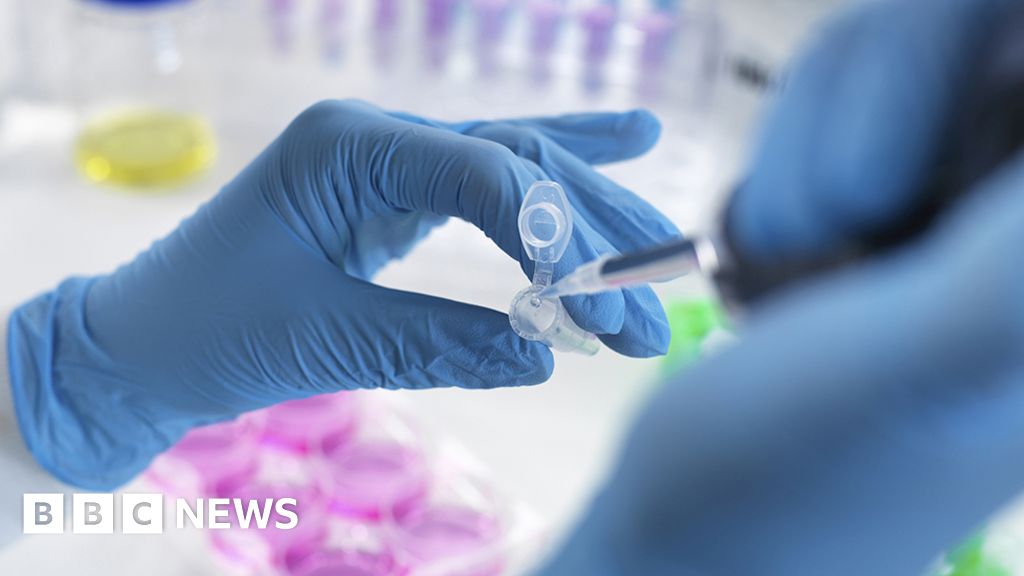The intro
Scientists have grown an entity that closely resembles an early human embryo, without using sperm, eggs or a womb. The Weizmann Institute team say their “embryo model”, made using stem cells, looks like a textbook example of a real 14-day-old embryo. It even released hormones that turned a pregnancy test positive in the lab. The ambition for embryo models is to provide an ethical way of understanding the earliest moments of our lives.
The first weeks after a sperm fertilises an egg is a period of dramatic change - from a collection of indistinct cells to something that eventually becomes recognisable on a baby scan. This crucial time is a major source of miscarriage and birth defects but poorly understood. “It’s a black box and that’s not a cliche - our knowledge is very limited,” Prof Jacob Hanna, from the Weizmann Institute of Science, tells me.


